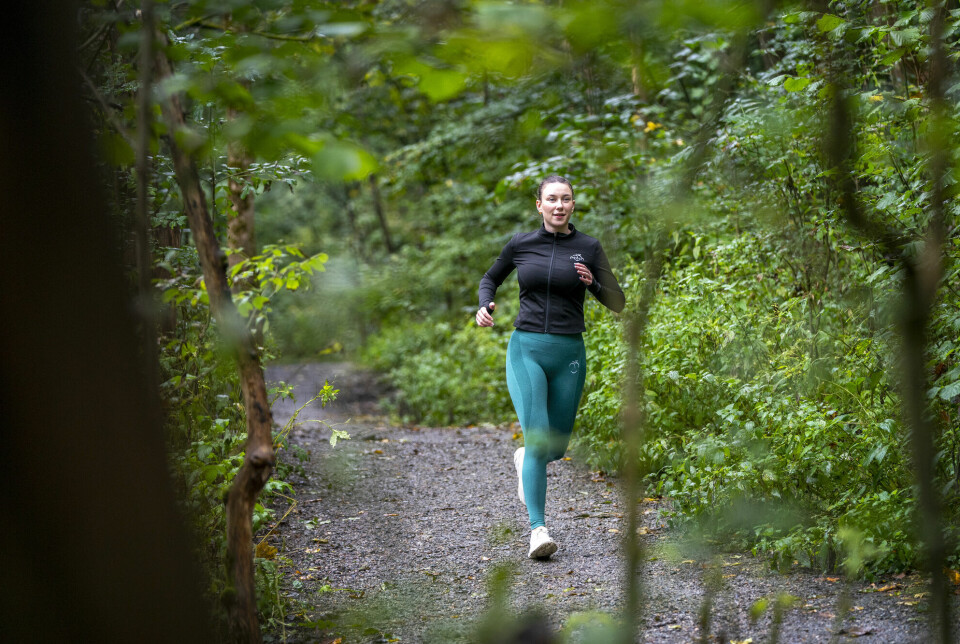
Physical activity may prevent chronic pain
Being just a little more active seems to be able to reduce the risk of pain later in life, a Norwegian study shows.
Researchers analysed responses from questionnaires from the Tromsø Study and tested the pain threshold of over 7,000 people.
In the new study, the researchers came to the following conclusions:
- The more active the participants were, the lower the likelihood they had of developing chronic pain.
- The effect was most evident for pains that were very widespread or more severe.
- One of the reasons why the risk of pain is reduced through physical activity is that pain tolerance is strengthened.
Quite clear
While not much activity was needed before the risk of pain clearly decreased, the connection became stronger the more active the participants were.
“We don’t find a point where it levels off,” says Anders Årnes at UiT the Arctic University of Norway. He is one of the researchers behind the study.
However, the researchers have not specifically looked at the risk of pain among the most active in the population.
“The most active group in the study engages in intense physical activity or competitive sports at least four hours a week. So what we can say is that up to at least this level, it gets better,” he says.
Årnes points out that there may be several reasons for differences between the groups when it comes to how susceptible participants are to pain.
For example, there may be genetic differences the experts are not aware of, which both correlate with how physically active the participants are and with the likelihood of developing pain.
Årnes says, however, that there are several studies that indicate the correlation is real.
Tested pain tolerance
The researchers also wanted to find out if physical activity protects against pain by increasing the pain threshold.
Therefore, they tested their tolerance for pain by having participants lower a hand in ice-cold water for as long as they could.
The results show that those who were very active had a higher pain threshold than those who reported a sedentary lifestyle.
According to the study, this means that people who are very active reduce the risk of developing moderate to severe pain.
Årnes says, however, that a higher pain tolerance is likely one of several reasons why those who exercise experience less pain than others.
“The indirect effect that occurs through the impact on pain sensitivity is perhaps less than we expected. It is present, but we believe it’s one of many ways physical activity acts protectively,” explains Årnes.
Might be wise to gradually increase activity
Årnes points out that the researchers behind this new study have not looked at how exercise works as treatment for people who already have pain.
“Many with chronic pain who start exercising can experience a negative reaction in the early phase,” he says.
Therefore, he recommends that those who struggle with pain gradually increase their activity and also seek advice from healthcare professionals.
Reference:
Årnes et al. ‘Does pain tolerance mediate the effect of physical activity on chronic pain in the general population? The Tromsø Study’. PAIN, 2024. (Abstract)
———
Translated by Alette Bjordal Gjellesvik
Read the Norwegian version of this article on forskning.no





































